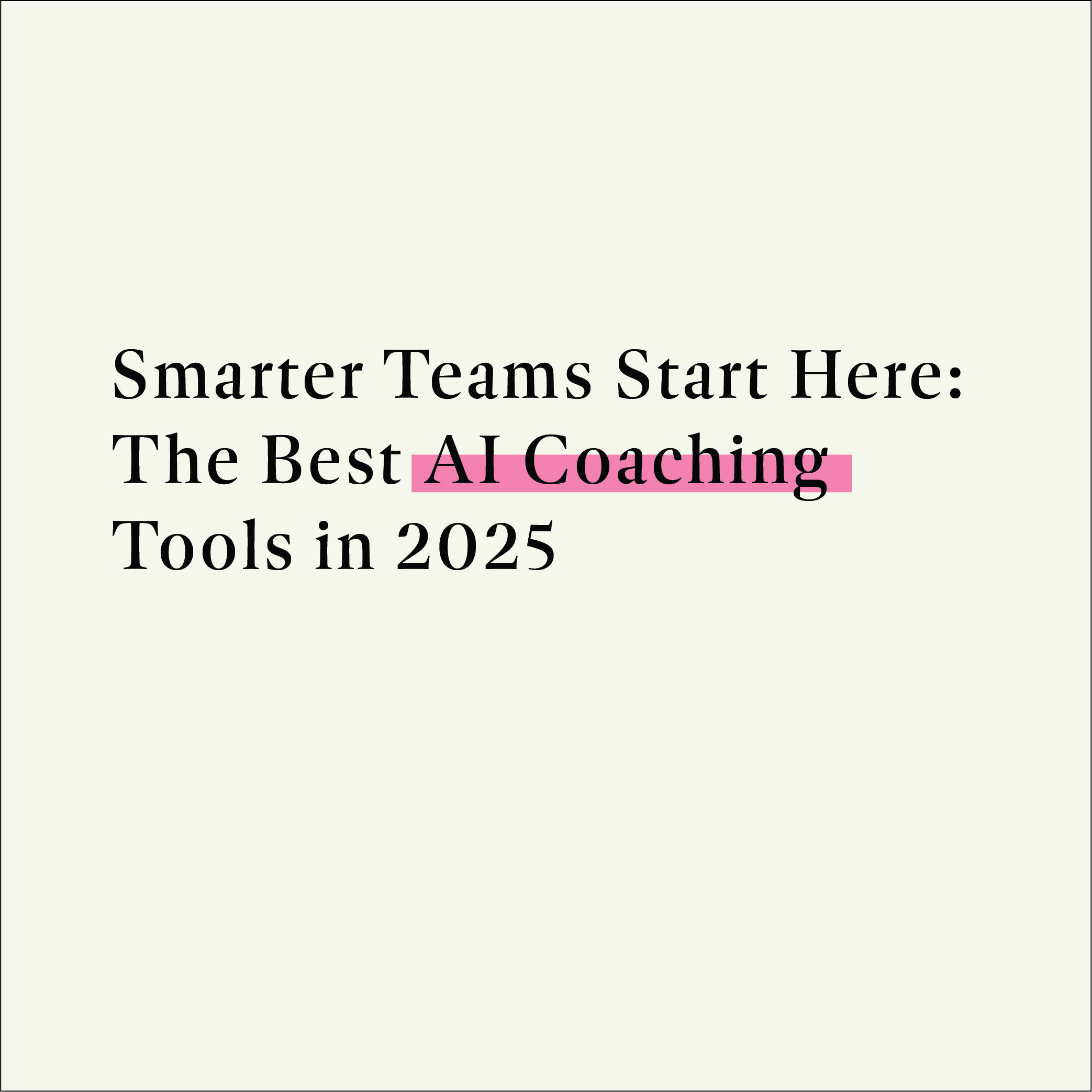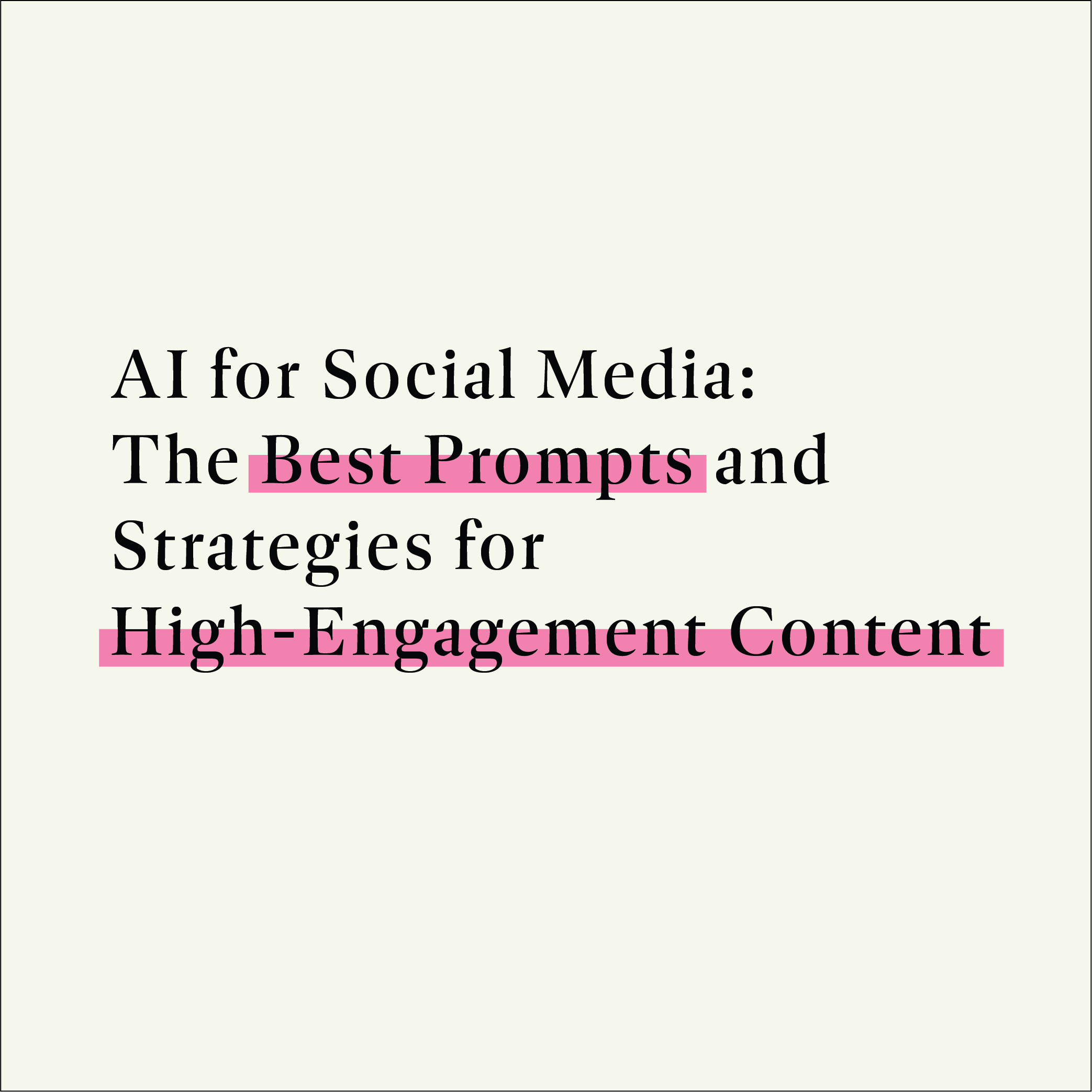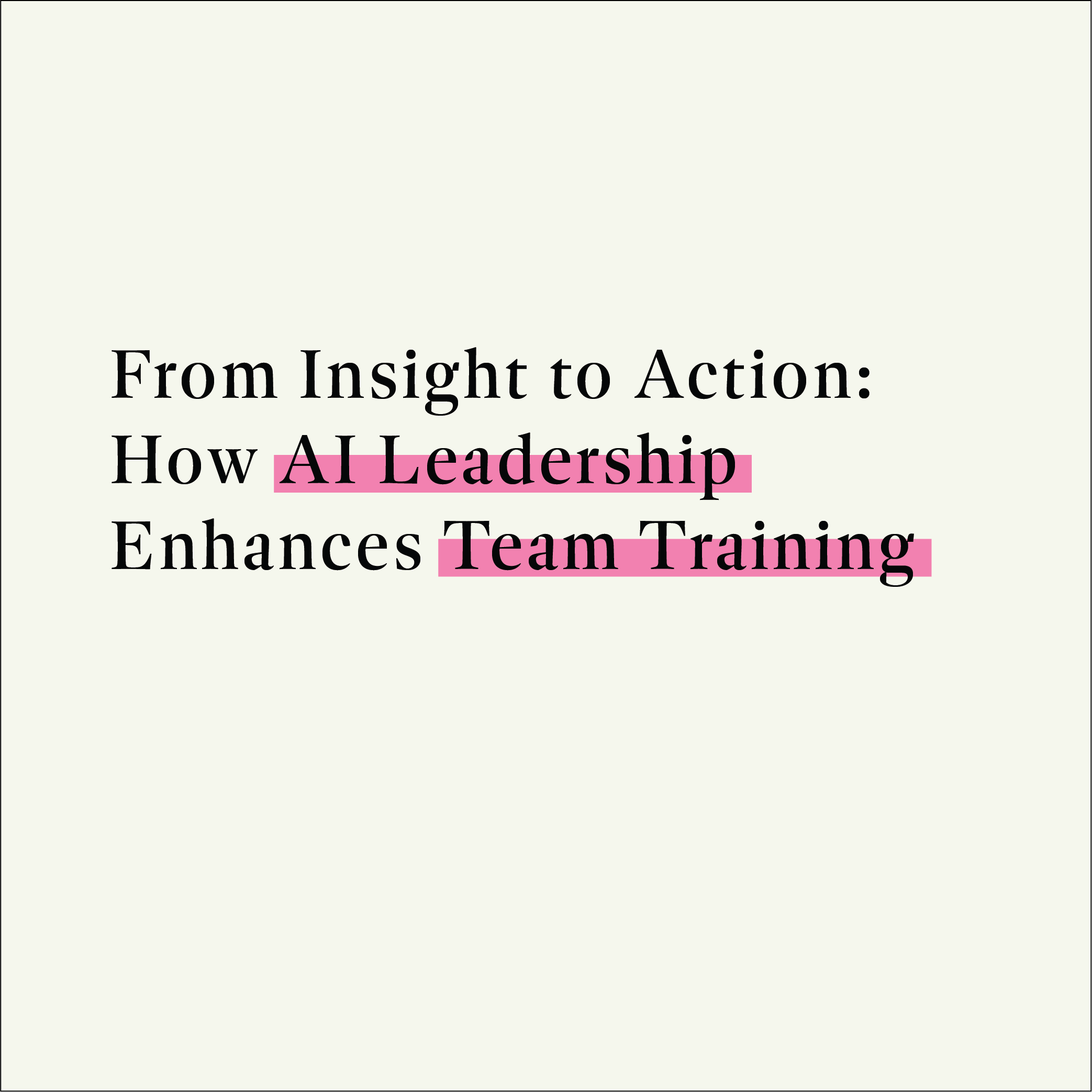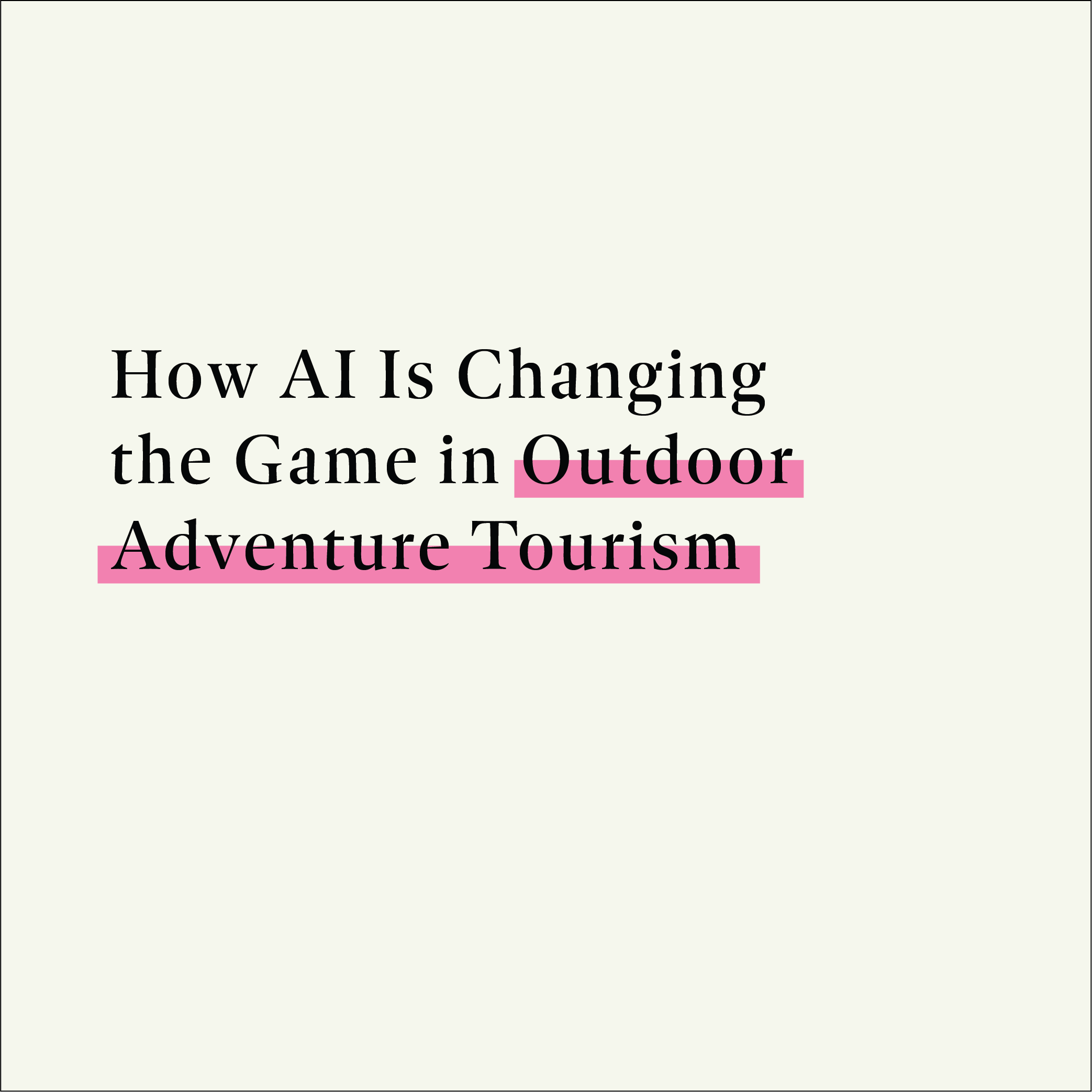
How AI Is Changing the Web Design Industry
[vc_row type=”full_width_background” full_screen_row_position=”middle” column_margin=”none” column_direction=”default” column_direction_tablet=”default” column_direction_phone=”default” bg_color=”#ff7747″ scene_position=”center” top_padding=”6%” bottom_padding=”6%” top_padding_tablet=”7%” bottom_padding_tablet=”10%” text_color=”custom” custom_text_color=”#d4c0ff” text_align=”left” row_border_radius=”none” row_border_radius_applies=”bg” id=”impact” overlay_strength=”0.3″ gradient_direction=”left_to_right” enable_shape_divider=”true” shape_divider_color=”#ffffff” shape_divider_position=”bottom” shape_divider_height=”50%” bg_image_animation=”none” shape_type=”straight_section”][vc_column column_padding=”no-extra-padding” column_padding_tablet=”inherit” column_padding_phone=”inherit” column_padding_position=”all” column_element_spacing=”default” background_color_opacity=”1″ background_hover_color_opacity=”1″ column_shadow=”none” column_border_radius=”none” column_link_target=”_self” gradient_direction=”left_to_right” overlay_strength=”0.3″ width=”1/1″ tablet_width_inherit=”default” tablet_text_alignment=”default” phone_text_alignment=”default” bg_image_animation=”none” border_type=”simple” column_border_width=”none” column_border_style=”solid”][carousel script=”simple_slider” simple_slider_sizing=”aspect_ratio” simple_slider_aspect_ratio=”2-1″ simple_slider_arrow_controls=”true” simple_slider_arrow_positioning=”inside” simple_slider_pagination_controls=”true” simple_slider_pagination_coloring=”light” simple_slider_pagination_alignment=”right” simple_slider_parallax=”true” simple_slider_min_height=”575″ autorotation_speed=”6000″][item simple_slider_bg_image_url=”7299″ simple_slider_bg_image_position=”center-center” simple_slider_font_color=”#ffffff” simple_slider_overlay_strength=”0.3″ simple_slider_gradient_direction=”left_to_right” bg_image_url=”” bg_image_position=”default” image_url=”” id=”1620140516356-5″ tab_id=”1620140516357-6″ title=”Item”][vc_column_text][/vc_column_text][/item][item simple_slider_bg_image_url=”7300″ simple_slider_bg_image_position=”center-center” simple_slider_font_color=”#ffffff” simple_slider_overlay_strength=”0.3″ simple_slider_gradient_direction=”left_to_right” bg_image_url=”” bg_image_position=”default” image_url=”” id=”1620140516384-1″ tab_id=”1620140516385-8″ title=”Item”][vc_column_text][/vc_column_text][/item][item simple_slider_bg_image_url=”7301″ simple_slider_bg_image_position=”center-center” simple_slider_font_color=”#ffffff” simple_slider_overlay_strength=”0.3″ simple_slider_gradient_direction=”left_to_right” bg_image_url=”” bg_image_position=”default” image_url=”” id=”1620140516400-8″ tab_id=”1620140516401-3″ title=”Item”][vc_column_text][/vc_column_text][/item][/carousel][/vc_column][/vc_row][vc_row type=”full_width_background” full_screen_row_position=”middle” column_margin=”default” column_direction=”default” column_direction_tablet=”default” column_direction_phone=”default” bg_color=”#ffffff” scene_position=”center” text_color=”dark” text_align=”left” row_border_radius=”none” row_border_radius_applies=”bg” overlay_strength=”0.3″ gradient_direction=”left_to_right” shape_divider_position=”bottom” bg_image_animation=”none” shape_type=””][vc_column column_padding=”no-extra-padding” column_padding_tablet=”inherit” column_padding_phone=”inherit” column_padding_position=”all” column_element_spacing=”default” background_color=”#ffffff” background_color_opacity=”1″ background_hover_color_opacity=”1″ column_shadow=”none” column_border_radius=”none” column_link_target=”_self” gradient_direction=”left_to_right” overlay_strength=”0.3″ width=”1/1″ tablet_width_inherit=”default” tablet_text_alignment=”default” phone_text_alignment=”default” bg_image_animation=”none” border_type=”simple” column_border_width=”none” column_border_style=”solid”][vc_column_text]
Artificial intelligence doesn’t need much of an introduction.
This technology has been disrupting different industries for quite some time, and it only gets better and more powerful.
The web design industry isn’t an exception since AI is capable of speeding up and streamlining different tasks, eliminating human errors, and saving designers time in the process.
People form their opinion about a website and decide whether they will stick around to explore it further or bounce off in just 50 milliseconds. Therefore, it’s obvious why web designers should focus on the creative aspect of their work.
AI can pick up the slack, handle low-level tasks, and accelerate different processes, thus allowing designers to create intuitive and attractive websites without compromising usability.
[/vc_column_text][image_with_animation image_url=”7294″ animation=”Fade In” hover_animation=”none” alignment=”center” border_radius=”none” box_shadow=”none” image_loading=”default” max_width=”100%” max_width_mobile=”default”][vc_column_text]
Facilitating the Coding Process
Coding is one of the most resource-intensive parts of every web development project.
Self-learning AI algorithms can be of tremendous help when it comes to writing code since they can be used to update and edit database records, as well as suggest developers the type of code that’s best and most suitable for solving a particular problem.
For example, there are tools such as Kite, a coding assistant with an autocomplete plugin that can generate entire sequences in 13 programming languages. Besides helping developers work faster and preventing errors, it’s also capable of imitating their unique coding styles.
Automatic refactoring is another use case for implementing AI. This process is crucial for optimizing the existing code, cleaning it, and improving its readability, thus preventing bugs, glitches, and costly errors down the road. AI-powered refactoring tools automatically analyze, clean, and optimize code, so that it’s easy to perform regular maintenance.
Improving UX
The goal of every website is to attract potential customers and convert them into paying customers.
Besides a website’s design and its visual appeal, another factor that plays a crucial role in making this possible is user experience. According to stats, 88% of online consumers are less likely to return to a website after a bad experience.
This mainly refers to the situations when customers can’t find the answers they need about products or services or when they’re trying to reach support. Long waiting times and the inability to help customers outside of regular business hours can result in a number of lost opportunities.
Since most companies can’t afford to provide 24/7 live support, AI-powered conversational chatbots have become a viable and efficient solution to this challenge.
Besides their capability to handle multiple queries simultaneously and respond to customers instantly, these smart algorithms also collect and store all the customer information.
This allows them to personalize interactions and implement a tailored approach, thus engaging the customer. Finally, chatbots never get tired, take days off, or lose their temper, which makes them perfect for meeting customers’ needs.
There’s a number of chatbot use cases, such as scheduling appointments, processing payments, and tracking orders and deliveries.
As this technology is advancing at a rapid pace, it’s very likely that soon it will be difficult, if not impossible, to tell a conversational chatbot from a human support agent.
[/vc_column_text][image_with_animation image_url=”7295″ animation=”Fade In” hover_animation=”none” alignment=”center” border_radius=”none” box_shadow=”none” image_loading=”default” max_width=”100%” max_width_mobile=”default”][vc_column_text]
Automating the Website Building Process
AI helps website developers and designers boost their productivity and deliver better products, but it can also help people who don’t know the first thing about creating websites build one themselves.
Small business owners are usually strapped for cash, so hiring someone to create a website and optimize it can be quite an investment for them.
Intelligent, user-friendly tools and platforms such as Wix, GoDaddy, or Weebly allow for a DIY approach and make it possible for small business owners and blogging enthusiasts to build functional websites from scratch.
These AI-powered website-building solutions come with drag-and-drop functionalities, plugins, features, designs, and templates. Wix, for example, also offers customization parameters so that users can build different website types, such as e-commerce, blog, or portfolio.
Streamlining Repetitive Tasks
The importance of good communication between web designers and developers can’t be stressed enough.
This process requires a lot of redlining in order to make sure that spacing, margin, and similar elements are properly executed. Without this, developers wouldn’t be able to interpret the intended output of the design.
Needless to say, this takes a lot of time and energy, thus preventing designers from focusing on the creative aspect of their work.
AI can come in handy by enabling designers to transform their design documents into code and vice versa easily. With the help of neural networks, they can easily transform their design mockups into HTML or CSS.
Tools like Sketch2Code can be used to convert whiteboard sketches into working code. It is simple to use, as all it takes is uploading an image of the design, and the tool will generate an HTML markup code.
It’s obvious that AI is a game-changer in the web design industry, and early adopters will quickly gain a competitive edge and outperform the others.
[/vc_column_text][divider line_type=”Small Line” line_alignment=”center” line_thickness=”1″ divider_color=”default” custom_height=”10″][vc_column_text]
About the Author
Jennifer Wilson is a writer at Qeedle.com She knows business processes and operations management inside out. As she understands all the challenges of running a small business firsthand, it’s her mission to tackle the topics that are most relevant to entrepreneurs and offer viable solutions.
[/vc_column_text][/vc_column][/vc_row]










Leave a comment: